Sargassum Chokes Caribbean Beaches at Record Levels
Sargassum levels across the Caribbean, Atlantic, and Gulf of Mexico have surged to an estimated 25 million metric tons, according to the Caribbean News Network. The unprecedented bloom is choking shorelines from Florida, Mexico, Belize, and the rest of the Caribbean. It has disrupted tourism across the region.
With over 25 million metric tonnes now drifting across the Caribbean, Belize’s coastal economy faces a growing threat. Tourism hotspots like San Pedro, Caye Caulker, Hopkins, and Placencia remain among the hardest hit.
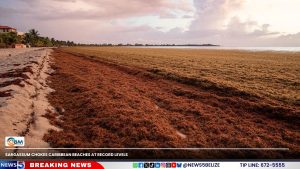
The National Meteorological Service continues to warn of high concentrations along the coast, and hoteliers and industry stakeholders are reporting that tourists are now directly enquiring about beach conditions before booking their stay.
In response, the Ministry of Blue Economy is ramping up its fight against the persistent seaweed problem. The Government of Belize has allocated $1.2 million to support key tourism communities. The funds are expected to aid local cleanup efforts and improve frontline response.
Two seaweed harvesters, acquired by the Hol Chan Marine Reserve, are now in use and paired with new mini pontoons to improve offshore collection.
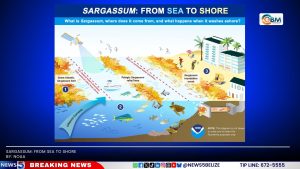
In April, the sargassum bloom spanned 5,500 miles from West Africa to the Gulf of Mexico, reaching 31 million metric tons. “That is 40 percent more than the previous record from June 2022,” according to Brian LaPointe, a research professor at Florida Atlantic University’s Harbour Branch Oceanographic Institute.
In Mexico, the state of Quintana Roo is moving ahead with plans for its first sargassum transformation centre in Cancun. “We are ready to take the next step toward industrialising sargassum,” said Oscar Rébora Aguilera, head of the state’s environment ministry, citing plans to convert the seaweed into biogas, fertiliser, and carbon credits.
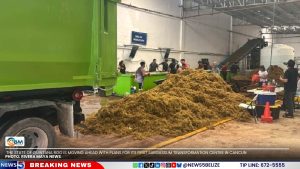
“Sargassum inundation of variable degree will continue to occur in most of the Caribbean nations and islands,” the University of South Florida Optical Oceanography Lab said in its latest report. “Whether a beach or small region receives a large amount of Sargassum depends on local factors that are difficult to predict, including winds and ocean currents.




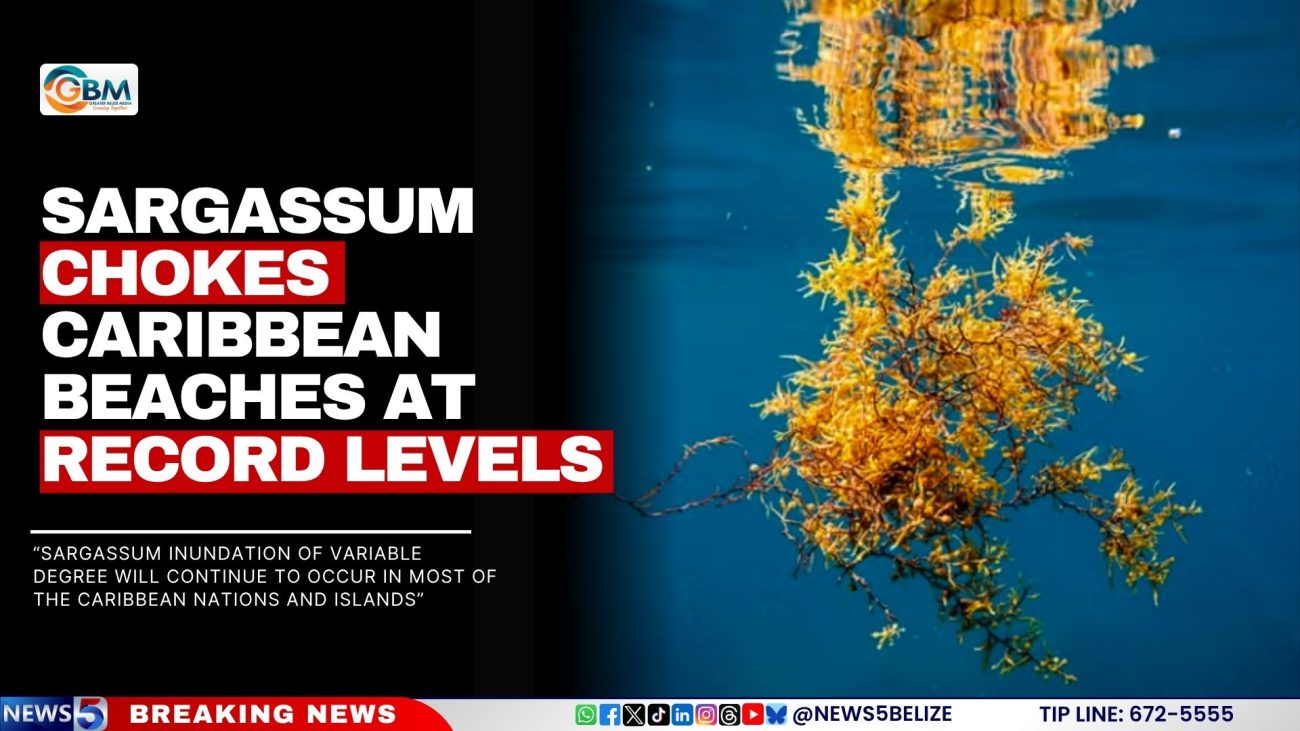
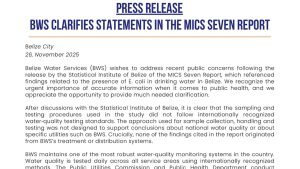
Facebook Comments